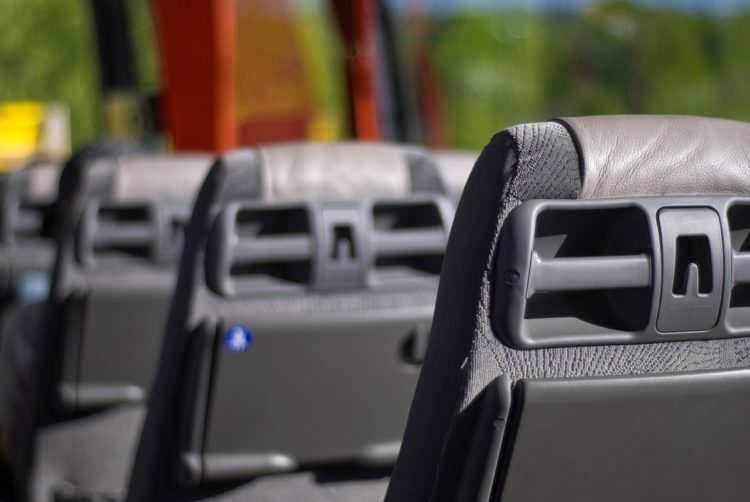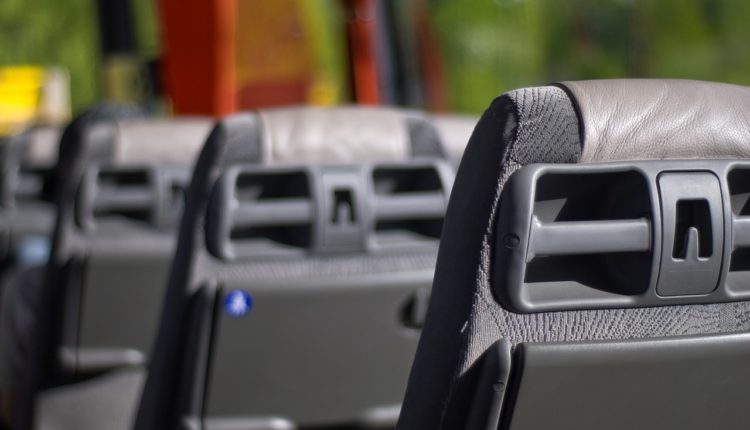Last year an extra 160,000 people came to Liverpool by coach and the city council is looking to accommodate growing demand in the booming visitor economy. Tony McDonough reports

Liverpool’s Coach Park is trebling its capacity in response to the rising number of visitors coming to the city by coach.
The city region’s visitor economy is now worth almost £5bn a year and in 2018 an extra 160,000 tourists came to Liverpool via coach. The park, at Riverside Drive two miles south of the city centre, will be able to accommodate 30 coaches from April 2020. Currently it can handle just 10 and it will also mean coaches will no longer park in Bath Street, close to Liverpool Waters.
The expanded facility, which will see the infilling of an embankment with a walled roadside boundary, and will help reduce congestion in Liverpool city centre and is seen as a key element in a multi-million pound highways programme to make it greener and easier to navigate.
To be built by Liverpool City Council’s contractor GRAHAM, the coach park also signals a new phase in the £45m Liverpool City Centre Connectivity (LCCC) programme, which aims to improve the city’s international appeal.
The multi-layered LCCC scheme, whose first phase began on Victoria Street in February, focuses on re-engineering major routes from the city’s waterfront and commercial business district through to the city’s retail and knowledge districts, giving pedestrians and cyclists better access through the city centre.

The first phase of works on Victoria Street is now completing. This includes the removal of bus stops to improve traffic flow and new pavements to complement the new Victoria Street Car Park and recent refurbishment of the Metquarter retail and leisure hub.
As well as the coach park, the next phase of LCCC will see the following actions:
- City Bus Hub – Liverpool City Council is applying for a Traffic Regulation Order (TRO) for the proposed bus hub on Old Haymarket. This is due to be heard by the Highways Committee before the end of the year. The project has met with opposition from local traders and councillors who believe it will add to congestion.
- Duke Street – Re-profiling of Duke Street and the North bound footway having been previously completed. Southern bound side will be completed at end of November.
- Victoria Street – Phase two will see completion of works along North John Street through to Stanley Street by the end of February 2020.
- Brownlow Hill – scheme to complete by end of February 2020. Works taking place on the east side of the road between the intersection with Mount Pleasant and Great Newton Street. Works involve suspension of bus stops with new footway and carriageway surfaces as well as installation of new kerbs.
- Tithebarn Street – This element, which will include new pavements and road resurfacing, will begin in January 2020 and end in June.
- The dismantling of the Churchill Way Flyovers also sits with the LCCC programme – as an emergency element. The deconstruction of the structurally flawed “highway in the sky” is now half complete and is on track to finish in mid-December. Spans 12 and 13, which sit on Dale Street, will be removed this weekend which means the removal of the western sections of both flyovers will be completed. Dale Street entrance off the Queensway Tunnel roundabout will reopens at 5am on Saturday, November 9.
The remaining packages of the LCCC scheme, which will begin by mid-2020 and also form part of the city council’s wider £500m Better Roads programme will see:
- A remodelling of Lime Street, with a new event space.
- A remodelled Strand along Liverpool’s waterfront.
- New bridges across Canning Dock to enhance the visitor experience to city’s museums and UNESCO World Heritage site.
Cllr Sharon Connor, Liverpool City Council’s Cabinet member for Highways, said: “There’s been a lot of progress to date and the start of the coach park marks a key turning point in helping to reduce congestion in the city centre.
“LCCC is a highly complex, inter connected programme and our contractors have tried to mitigate the impact as much as possible but once this short term pain is over, the long term benefits for our economy and our environment will be felt for decades to come.”

